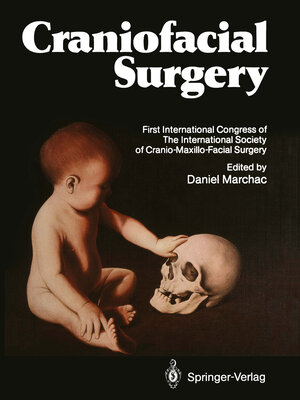
×
![Buchcover ISBN 9783642828751]()
Craniofacial Surgery
Proceedings of the First International Congress of The International Society of Cranio-Maxillo-Facial Surgery. President: Paul Tessier. Cannes-La Napoule, 1985
herausgegeben von Daniel MarchacAfter 20 years of intense and gradual improvements in the practice of craniofacial surgery, the International Society was born in Montreal (June 1983) and I. Munro was selected as general secretary. Its first meeting was held in La Napoule (Sep tember 1985) under the chairmanship of D. Marchac. In the meantime, the Euro pean group of the Society had held a session in Stockholm (June 1985) with B. Jo hanson acting as chairman. This now belongs to the history of our specialty, as does the course organized by E. Caronni in Rome (March 1982). These four landmarks in such a short time show the lively interest in craniofacial malformations and all their correction involves: - Syndrome delineation - Evaluation of the components of the malformations - Anatomy of the malformations - Imaging and measurement - Strategies and tactics in very different syndromes - Follow-up with reference to growth patterns in patients subjected to surgery or merely kept under observation - Implications of orbitocranial procedures for routine maxillofacial surgery - The interdisciplinary approach involving pediatricians, anesthesiologists, n- rosurgeons, ophthalmologists, orthodontists and speech specialists - The theories in vogue and those revised for some of the abnormalities All this could not be resolved in a 2-day meeting and probably will not be solved in the next generation.



